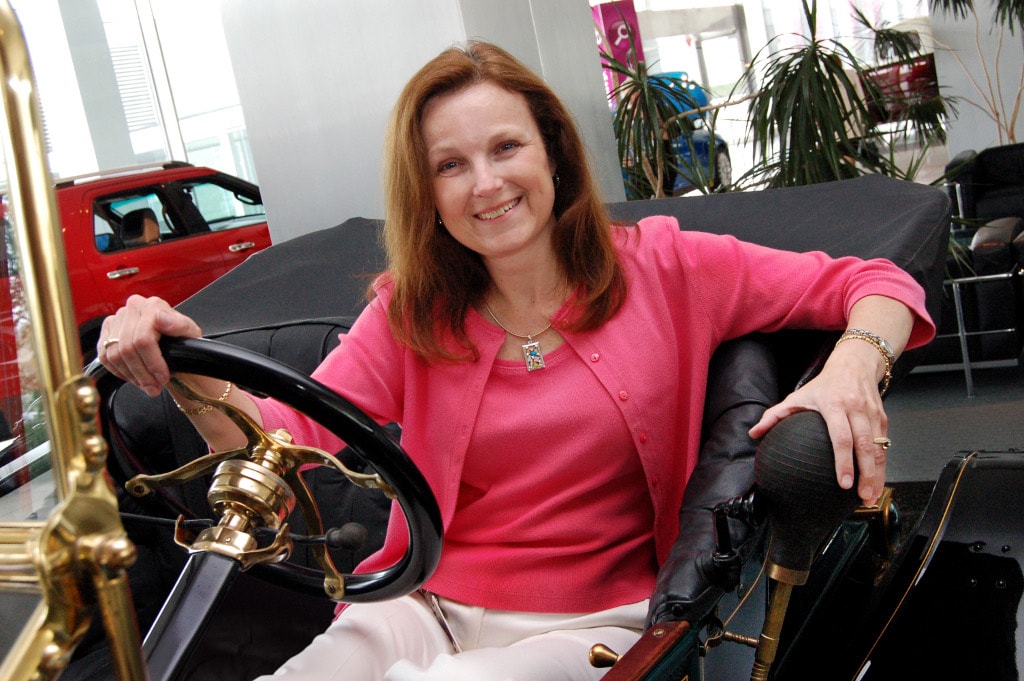Ford leaves nothing to chance. Following the quite interesting study revealing its customer color preferences around the world released recently, the American automaker also has a detailed classification of the horn-blowing behaviors of its customers. For instance, in some parts of Europe, vehicles get two horns – on the steering wheel for traffic and on the back of the vehicle as an anti-theft system.
In North America, more and more customers are adapting their horn usage into a friendly greeting, and they want the horn to sound that way. Also in North America, owners use their horns as a locking confirmation to make sure their car is locked before they walk away, as well as a locator to find their vehicle in a crowded parking lot.
As a result, North American customers want a richer tone in their horns. That’s why they are trumpet horns, named for the plastic trumpet on them that attenuates the sound and makes it more melodic. Most vehicles have dual trumpet horns, tuned to frequencies that are not unpleasant, but are just slightly discordant.
On the other hand, in South America, customers want a horn they can honk frequently in short stints, like a quick beep-beep. In India, horns get far heavier use as drivers use them to help navigate through congested traffic and on less developed roads. Then there are customers who want both.
“In China, customers drive with one hand on the steering wheel and one hand on the horn. The horn is huge,” said Patricia Seashore, Design & Release supervisor at Ford. “They use their horn extensively – but they want it to sound nice. So there we use something we call an electronic trumpet. It’s a technology solution.”
In North America, more and more customers are adapting their horn usage into a friendly greeting, and they want the horn to sound that way. Also in North America, owners use their horns as a locking confirmation to make sure their car is locked before they walk away, as well as a locator to find their vehicle in a crowded parking lot.
As a result, North American customers want a richer tone in their horns. That’s why they are trumpet horns, named for the plastic trumpet on them that attenuates the sound and makes it more melodic. Most vehicles have dual trumpet horns, tuned to frequencies that are not unpleasant, but are just slightly discordant.
On the other hand, in South America, customers want a horn they can honk frequently in short stints, like a quick beep-beep. In India, horns get far heavier use as drivers use them to help navigate through congested traffic and on less developed roads. Then there are customers who want both.
“In China, customers drive with one hand on the steering wheel and one hand on the horn. The horn is huge,” said Patricia Seashore, Design & Release supervisor at Ford. “They use their horn extensively – but they want it to sound nice. So there we use something we call an electronic trumpet. It’s a technology solution.”
